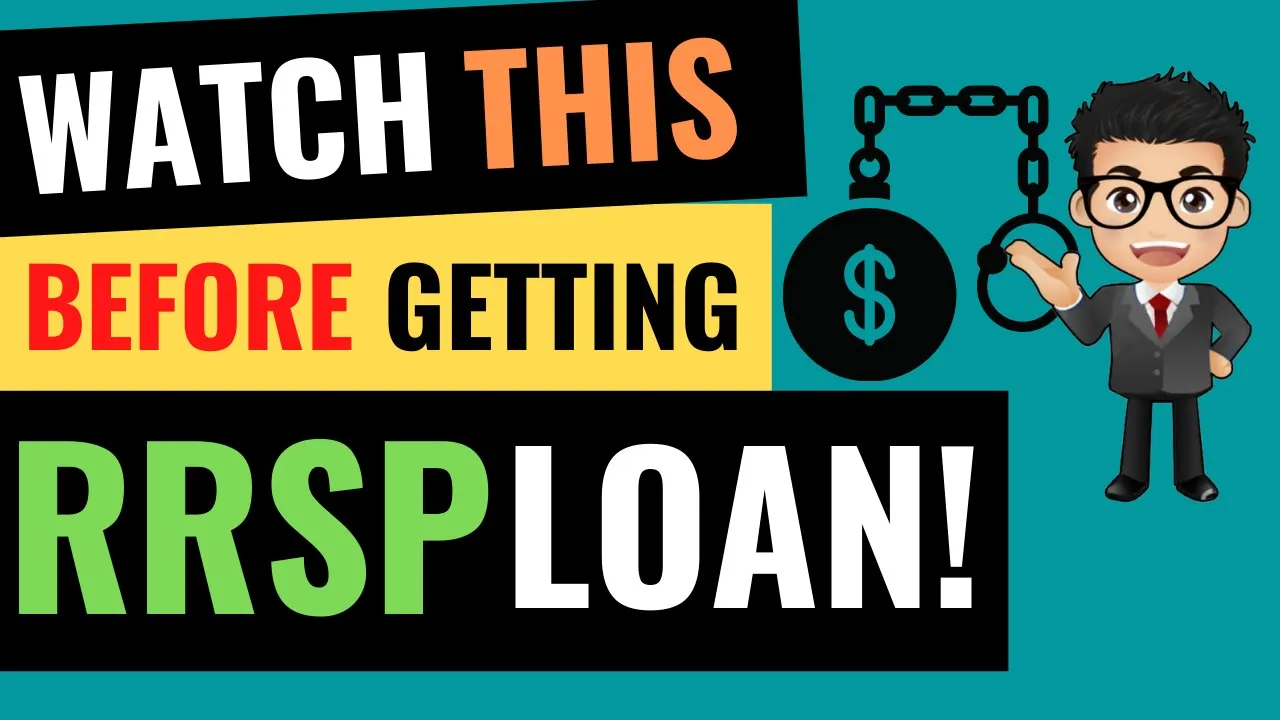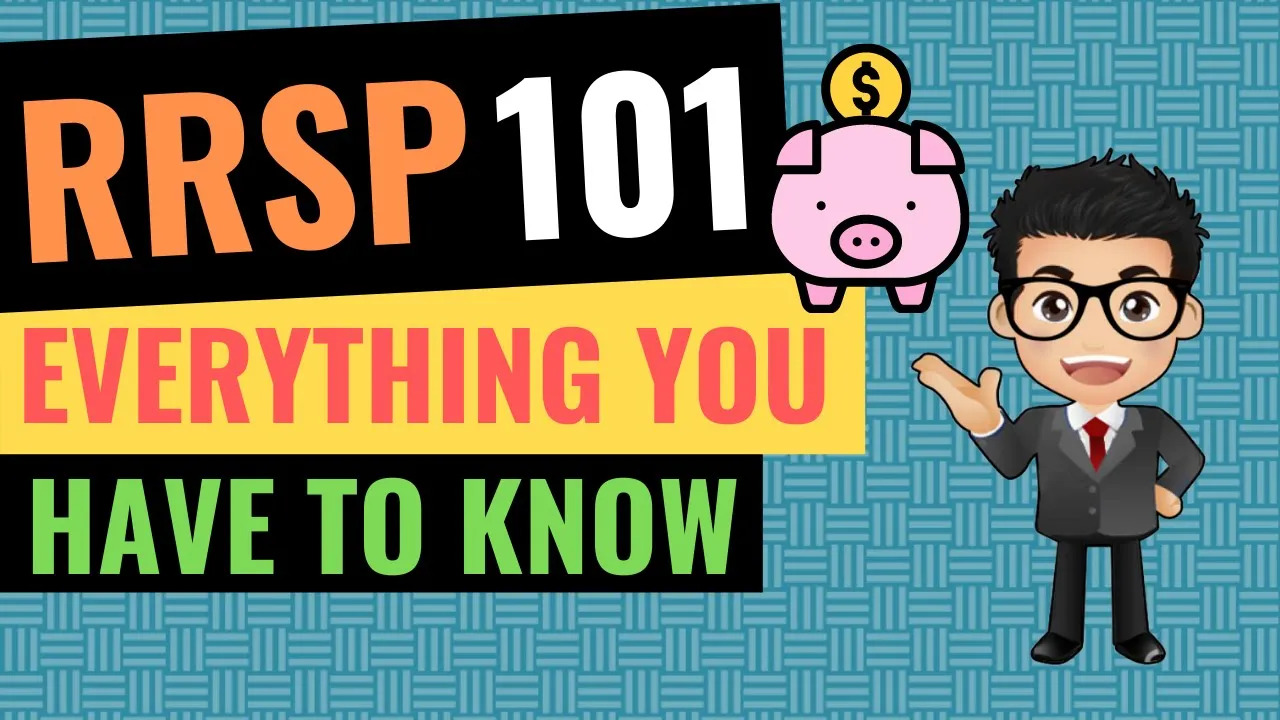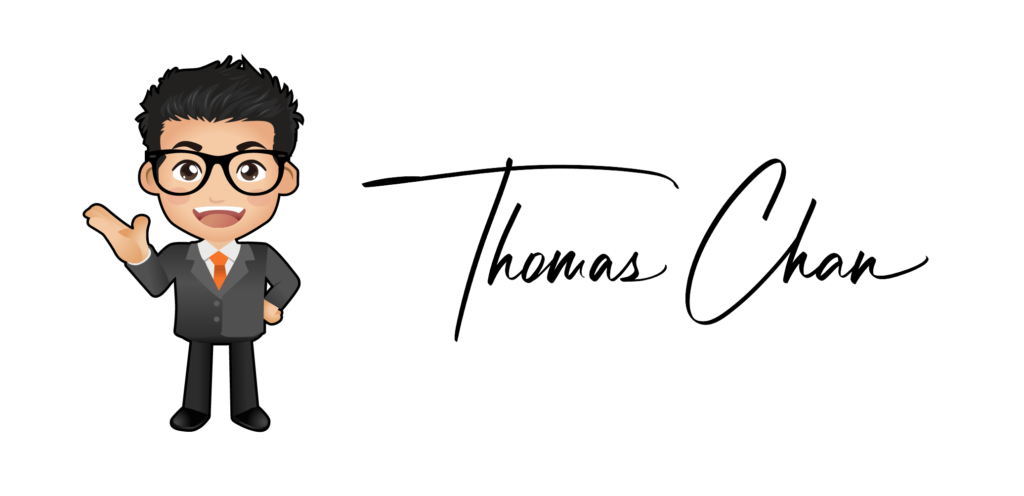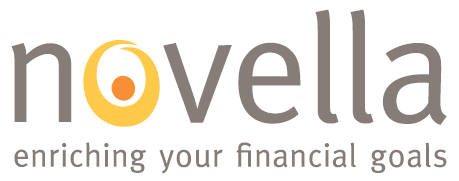Are you aware that there’s an investment strategy promising a guaranteed 20% annual return without any risk, and it’s even supported by the Canadian government? The plan I’m talking about is the Registered Education Savings Plan (RESP). In this article, we’re going to explore how RESPs function, the significance of taking advantage of the RESP, its comparison to other investment strategies, and the way to secure a risk-free 20% return with it.
What is the Registered Education Savings Plan (RESP)?
RESP is a special savings account for parents who want to save for their child’s education after high school. We also want to give our best to our family, including thinking about their education. Even though going to post-secondary is no longer as glorious as it was compared to 50 years ago, there is a growing consensus among Canadians that high school completion is a prerequisite to one’s academic journey. The good news is that Canadians who do pursue post-secondary education indeed do much better financially in the long run.
How much does post-education cost in Canada?
That being said, how much does education cost nowadays? And do you have any idea what it will cost you to send your kids to college or university in the near future? According to Statistics Canada, in 2020 an average local post-secondary school will cost around $11,000 – $21,000 per year. With the average of four years to complete a degree, you can expect to be at least $40,000 today with costs referring to tuition only. Factor in textbooks, rent, food cost, transportation and extra curriculum and you’ll be looking at a lot more than that. Looking ahead, the bad news is that in 17 years with inflation, the cost will increase by 35%, bringing an estimated four year program to $70,000 – $120,000 in Canada.
So, who pays for education? Either the parents will cover the tuition or your child will have to work part-time, take out a student loan and graduate with a heavy debt. The Canadian Federation of Students estimates that the average student debt is more than $28,000 today and the Canadian Student Loan Program shares that it takes most students 10 years to pay off their student loans. As an example, if Tom graduates from college at age 22 with a student loan, he will not be doing any major buying decisions such as purchasing his first home until age 32 or later. Tom will then most likely not save enough for his own kids’ education by then and the hamster wheel begins.
Here’s how you can do something now because time is on your side. One of the best ways to save for your kids’ future education is through the RESP program.
The benefits of an RESP
The Registered Education Savings Plan, or RESP for short, started in 1972 and was modified in 1998 to include a grant from the government. It’s designed to help you save for a child’s post-secondary education like TFSA or RRSP. RESP can grow with a tax advantage and the government also contributes free money. There are three key benefits of having a RESP:
- For every dollar you put into RESP, the government will give you a 20% bonus (CESG) up to $500 per year and a maximum of $7200 in a lifetime. If the entire family income is less than or equal to $47,640, the government will give an additional $2000 to RESP (CLB). As an example, if a family can invest $2,500 per year invested into the plan, then with a 5% return per year for the next 17 years, there will be $80,000 in the plan which is enough to pay most of, if not all, the tuition for a four year college or university program. Even with $100 a month contribution, the power of compounding an average 5% return per year will still give you $40,000 in 17 years.
- There is a tax advantage for RESP. During the saving phase, the growth on the investment is all tax sheltered meaning there is no need to pay tax immediately on the gain or interest. When your child is ready to go to post-secondary, the RESP withdrawal is considered taxable income on the child which is minimal or even no tax consequence.
- RESP is flexible! The contributor is flexible as it can be the parents, other relatives or grandparents who want to give it as a gift. The ideal start time of the RESP is when your child is still in its first stroller, but anytime is still good as you can catch up on the bonus. The contributor is flexible and so is the investment choice. You can invest it in savings, bonds, mutual funds, EFTs, stocks, etc. depending on your risk and return.
What if my child does not pursue post-secondary after graduating high school?
If your child does not want to go to school at the age of 18, or when they graduate high school, the RESP can last for 36 years so they have plenty of time to decide. Alternatively, you can transfer the money to their sibling. If no one goes to school, the RESP plan can roll back to the parent’s RRSP but the grant would need to be returned back to the government.
Which RESP should I set up?
Setting up your RESP is not as simple as just going to the bank as there are different types of plans to consider as well. There are three types of RESP:
- Individual plans
- Family plans
- Group plans
All of these plans qualify for the 20% grant matching from the government and the Canada learning bond but what’s the difference between these plans?
Individual Plan
The individual RESP has only one beneficiary on the account but it can be opened by anyone including grandparents, relatives like aunts and uncles or family friends who want to contribute the plan as a gift. It is the most straightforward plan as you can see how much you have contributed over the years and withdrawals once the child is in post secondary.
Family Plan
The family RESP is exactly as the name states, a plan for a family so it allows for multiple beneficiaries named on the account, though they must be related by blood or adoption. This plan is great for those with multiple children so you can manage one plan instead of multiple plans for each child. The contributions are split equally between the beneficiaries unless you state otherwise. If one child decides not to pursue further education later on, their portion can be transferred entirely to the other beneficiaries on the plan.
Both an individual or family plans are flexible where you can increase, decrease or stop contributions at any time. Both plans are offered by most financial institutions in Canada such as banks, insurance companies, credit unions, investment companies and more. As a result, there is a huge variety of investment choices from saving accounts, GIC, mutual funds, EFT to stock trading. Generally speaking, equity will perform better in the long run. However, unlike retirement or vacation which you can delay if the market is not performing well, there is an agenda to meet when it comes to education.
For example, Bob has been contributing to RESP for 18 years but BOOM, at 18 years there is a huge drop in the market similar to 2008, 2011 or 2020. His portfolio is down 30% this year and he still needs to take another 25% out of his RESP for his child’s first year of college. This is an unfortunate situation for Bob.
Group Plan
Sometimes called pool plans, Group RESP are offered only by scholarship plan dealers only where they pool all of the plan members’ money together and invest in a fixed income. It typically provides a low risk steady return. The benefits of a group plan is that the large pool of money invested at a fixed income results in a higher return in comparison to an individual who might be saving $2500 in their own account. In my research, I’ve heard of one group RESP provider saying that their average rate of return for a 10 year timeframe is 4.6% back in 2008 and 2011 even with the equity market down 30% Their group plan yields 5.2% and 7.3% which in the previous example would avoid Bob’s scenario.
However, Group plans have a lot of restrictions:
- It is similar to an individual plan with only one child as beneficiary, though they do not need to be related by blood
- Group plans are a locked investment with minimal flexibility. You are committed to making regular payments towards the plan for a certain period of time and failing to do so may result in your investment earnings remaining in the pool, earnings being redistributed to remaining members, potentially losing original contributions and more
- You do not have a say in the investment choice so think of it as a long term GIC
- There are membership fees or some plan providers will call this a sales charge because you actually start putting money into the investment, typically two to three years after the plan starts. If you can commit to their terms, you might be able to get the fees back at maturity depending on the plan carrier
Which RESP is right for me?
Here are a few questions you can ask yourself to help you determine with RESP is right for you:
- How much are you going to contribute to the plan?
- How does that contribution affect your current cashflow?
- Can you commit to that amount?
- What is your investment experience? Do you want to diversify how you are investing your RESP compared to your TFSA or RRSP?
- Who is managing your RESP investment? Is it someone you trust or a random agent waiting for you in the delivery room?
Always read the fine print and judge for yourself. There are fees associated with all types of plans but it should not scare you away from receiving thousands of dollars through government grants. Take some time to think about the questions above or talk to a professional on which plan will work best for you. I offer complimentary consultations and can review your situation to make my recommendation.
Canada is one of the few countries that give free money towards Canadians’ future education and our neighbour, Uncle Sam, does not offer a RESP-like account. At most, they have a tax-free account for education saving, similar to our TFSA in Canada.
I know it might be difficult to put more money aside given the current situation but if you can, it’s a smart move to open a RESP for your child because no other investment gives you a 20% return guarantee. In my next blog, I will be covering where you should start your RESP – do you leave it with the banks or into a scholarship dealer? If you are interested in learning more about growing your financial wealth in Canada, please subscribe to my YouTube channel where I cover topics from taxes to RRSP to insurance.







